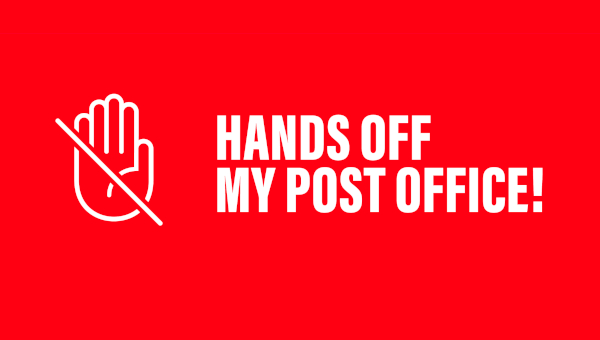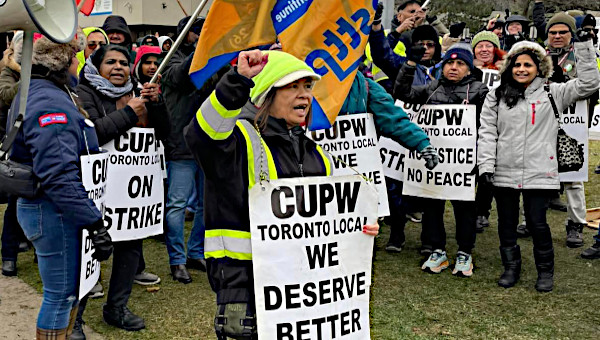The Crisis at Canada Post
With its recent announcement to ‘modernize’ Canada Post, the Mark Carney government has, for all intents and purposes, dusted off the Harper-era “Five Point Action Plan” aimed at gutting the public postal service. In the midst of a bitter, two-year labour dispute with the Canadian Union of Postal Workers (CUPW), the government gave notice that it would accept and implement the recommendations put forward in labour arbitrator William Kaplan’s May 2025 Industrial Inquiry Commission report. Among others, these included the following:
- Ending home mail delivery for all addresses that still receive it,
- Lifting the 1994 moratorium on rural post office closures, and
- Relaxing letter mail delivery standards to give Canada Post more transit time between sender and receiver.
Within hours of the announcement, CUPW responded by relaunching a nation-wide strike, reverting to the position it was in last December before the government ordered the union back to work under Section 107 of the Canada Labour Code.
With thousands of jobs on the line, sympathetic commenters felt the union had little choice but to resort to strike action.

Keeping the Lights On
Canada Post, according to the federal government, is “effectively insolvent.” After several years of staggering financial losses, Ottawa stepped in earlier this year to provide the Crown corporation $1-billion in “repayable funding.” This loan was needed, according to the Minister responsible for Canada Post, just “to keep the lights on.”
Officially, the modernization plan is about putting Canada Post back on a path to financial sustainability so that taxpayers won’t be left footing the bill for “repeated bailouts” of a service they use less and less.
But other observers suggest ulterior motives. With the Carney government’s first budget coming due in November and agencies ordered to find major cost reductions, the Canada Post announcement may be directed just as much at the wider federal public sector workforce as it is at the postal workforce.
The government’s choice to strip down the postal system left unaddressed a wide range of pressing social, economic, and industrial policy questions, prioritizing budgetary austerity and corporate profit over all else.
But there are alternatives. Adapting to 21st century realities need not mean paring down public postal services. As CUPW’s Delivering Community Power campaign makes clear, there are creative ways to redeploy a nationwide infrastructure with a physical presence in nearly every community:
- Could Canada Post – like other post offices around the world – serve as an alternative to for-profit commercial banks, whose business models ignore the needs of people living on a low-income (not to mention the climate crisis)?
- Could post offices – in many places the last-remaining physical presence of the federal government – be repurposed as “community hubs” where residents could access high-speed internet, government services, and meet-up spaces?
- Could letter carriers help older Canadians “age in the right place,” by offering support services and at-home visits, as recommended by the National Institute on Ageing?
What’s more, the Carney government’s plan fails to consider the elephant in the room: Amazon and the growing ‘gigification’ of work in the delivery sector. Canada Post’s financial losses cannot be properly understood without accounting for the hyper-exploitative labour – and business – practices of this corporate behemoth that dominates the online consumer marketplace. •
- CUPW (2025-09-22): Defend the Public Post Office: Preparing for the Canada Post Corporation Review
- CUPW (2025-09-25): Public Post Office Under Attack
- CUPW (2025-09-26): The Government Has Failed the Public
- CUPW (2025-09-29): What We Are Fighting For





